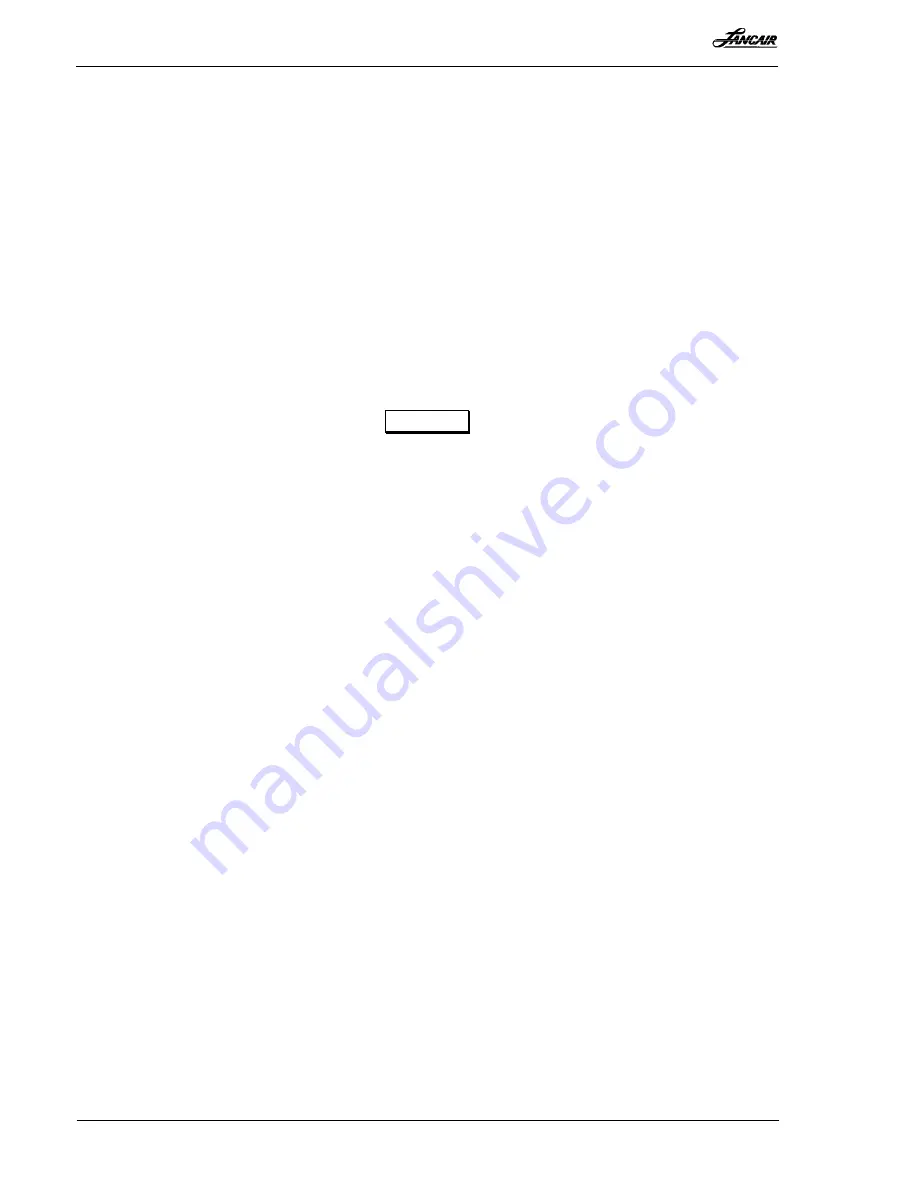
Section 8
Handling, Servicing, and Maintenance
Columbia 400 (LC41-550FG)
RC050002
Initial Issue of Manual: November 10, 2004
8-20
Latest Revision Level/Date: -/11-10-2004
clean and dry. Reserve polishing cloths should be stored in a plastic bag to limit dirt
accumulation.
5. Small scratches, the type that can be seen but cannot be felt with a fingernail, should be
filled with a polishing compound that has scratch filling properties. The cleaner/polisher
mentioned in paragraph 3 frequently has scratch filling properties and is satisfactory for
regular use. Some scratches are not correctable with a scratch-filling product. While the
scratches cannot be felt, they are still visible, particularly when flying into the sun. In this
instance, a mildly abrasive scratch removal cream can be used per manufacturer’s
recommendations. Scratches of greater magnitude require the use of high abrasives and
removal of some of the window’s surface around the greatest depth of the scratch. This
procedure requires considerable expertise and frequently makes areas where the scratch was
removed more objectionable than the original scratch.
6. As mentioned previously in this section, the use of canopy or window covers can grind dirt
particles into the acrylic and are virtually impossible to remove.
CAUTION
Do not use anything containing ammonia, aromatic solvents like methyl ethyl
ketone, acetone, lacquer thinner, paint stripper, gasoline, benzene, alcohol,
anti-ice fluid, hydraulic fluid, fire extinguisher solutions, or window cleaner
on the acrylic window surfaces. The use of these substances may cause the
surface to craze.
NOTE
To remove difficult substances such as tape residue, oil, and grease, the safest
solvents are 100% mineral spirits or kerosene. Some alcohols are safe, such
as isopropyl alcohol.
Interior Cleaning and Care
– The useful life of the airplane’s interior can be extended through
proper care and cleaning. One of the major elements in the aging process is the interior’s
exposure to sunlight. If possible, the airplane should be hangared. Routine vacuuming is another
item that helps extend the life of the airplane’s interior. A general rule for spills is to blot the
affected area with firm pressure for a few seconds. Never rub or pat an area to remove a spill.
Portions of the airplane’s seats are covered with leather. The leather is treated with a sealant,
which provides a protective cover. Do not attempt to feed the leather in any way. In particular,
the use of spray polishes, saddle soaps, waxes, and so-called hide foods create a sticky surface,
which attracts dirt and can cause irreversible damage.
The leather and ultra-leather seats, seatbacks, knee bolsters, and the like, should be routinely
wiped with a moist soft cotton cloth after vacuuming. Use a mild non-detergent soap such as
Neutrogena. Wipe the leather and ultra-leather using a light circular motion taking care not to
soak the surface. Once the seats and other areas are clean, repeat the process using clean water
and then wipe the surfaces with a dry cloth. For ink stains, use a special application available
through Douglas Interior Products known as a D.I.P. Stick. Since the D.I.P. Stick application
must be used within 24 hours, one should be held in reserve at all times.
The carpet can be cleaned with a mild foam product, but care must be used not to over saturate.
Follow the manufacturer’s instructions regarding use of the foam cleaner. Small spots can be






























